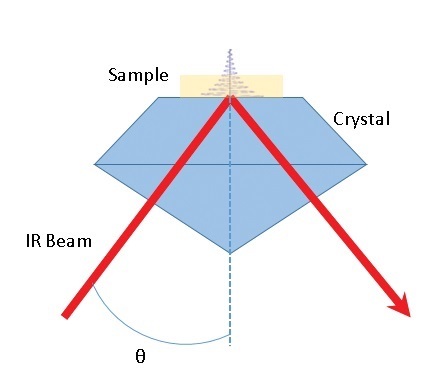
Figure 1. Diagram depicting the use of Attentuated Total Reflectance
Most all materials absorb infrared radiation. The absorption pattern, or spectrum, shows the particular frequencies absorbed, which are related to a particular functional group, or particular structural feature, on the molecule. Analysts work backwards from the pattern to determine the chemical composition. Infrared spectroscopy is a widely used for the analysis of objects of historic importance and has been since the widspread manufacture of the Fourer Transform instrument (Lang and Noneman 2020). This instrument allows for a high signal-to-noise ratio for small samples.
We used an Attentuated Total Reflectance accessory to help preserve some of the sample integrity. The infrared beam is sent through a diamond crystal on top of which the sample is clamped in very close contact with the crystal as seen in Figure 1. The infrared beam penetrates into the sample and what the sample absorbs is missing from the exited beam. When the frequency pattern with the sample present is ratioed to the pattern without the sample, a spectrum results.
This research analyzed 10 buttons recovered from an archaeological site for chemical composition using infrared spectroscopy. The buttons were excavated from an unmarked African American cemetery in Lowndes County, Mississippi that dates from the late nineteenth century to 1956. The individuals were interned between 1880 and 1956. The ten buttons were recovered from the burial in varying different sizes and styles and are thought to be related to Prosser buttons, glazed ceramic buttons, because of the date of their grave. Prosser buttons were made using the Prosser manufacturing process, which "involved the preparation of fine clay with the addition of quartz or finely ground ceramic wasters, a small amount of moisture, and then pressure this mixture into cast-iron molds" (Sprague 2002, 111). We report the progress thus far.

